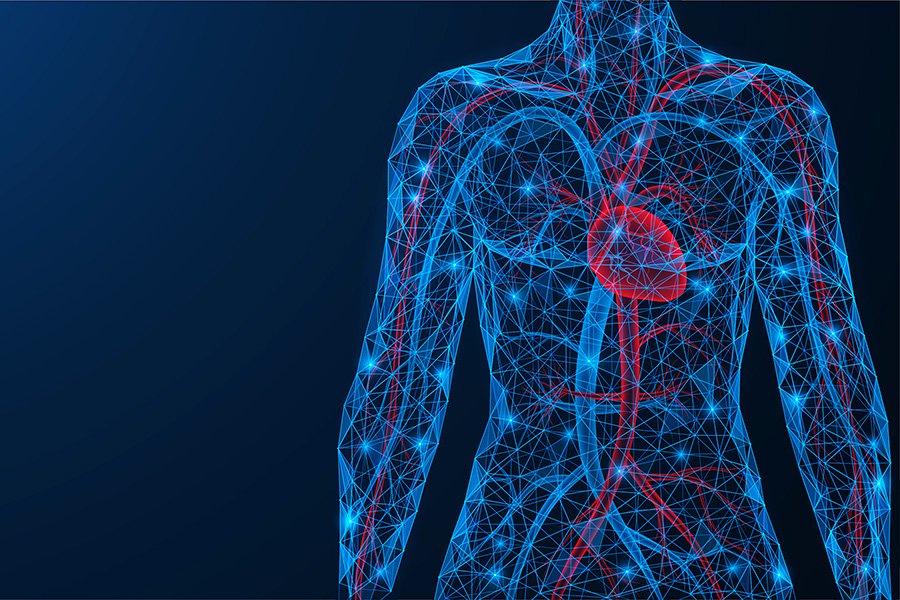It was an Oscar award-winning moment for the aorta recently as it was finally officially recognized by the medical community in the European Union and the United States as an independent human organ. As with any kind of public recognition, it has taken a bit of time for the aorta to recover from the excitement. A few weeks after the dust had settled, we sat down with the newly minted organ for a fireside chat.
How does it feel to finally be placed at the level of other major organs?
Aorta: Let’s face it. It was about time. I am thrilled to no longer have to jockey for position among my peers. Being called an organ places me on par with the brain, heart and lungs for the first time in history. If I weren’t the superhighway for the body’s oxygen-enriched blood to get, supporting the steadiness of the blood flow along its journey throughout the body, I’d get really excited just thinking about it. But I’ve got a job to do so I have to maintain a calm demeanor to ensure the blood flows smoothly.
How did this recognition come about?
Aorta: The recognition as a full-blown organ came after I was defined in the guidelines for aortic surgery treatments of the European Association for Cardiothoracic Surgery (EACTS) and the US Society of Thoracic Surgeons (STS), published in February 2024. That’s good news for patients who are combatting aortic diseases. I do my best to keep people healthy, but sometimes that’s hard.
How does being named an organ help patients?
Aorta: Look. You’ve got to know I am a massive blood vessel that runs from the heart’s left ventricle downwards to the pelvic area. Up until now, aortic disease treatment was either done in cardiac surgery or in vascular surgery, depending the disease type or where the disease is located. By getting promoted to the status of vital organ, I hope that this treatment becomes a separate specialty altogether, or at least in coordination with other specialties. A holistic view would help with, for instance, aortic rupture. And believe me when I say, I wouldn’t recommend a rupture to anyone. It’s a real drag.
Another final comments?
I finally feel seen as a whole. It’s about time I got the recognition I deserve as a vital organ that also makes sure the whole show keeps running in concert with the others. Although I am flattered to get so much attention, but to be honest, it’s not really about me at all. The main thing is that patients get the best possible treatment available.
Thank you for this conversation.
Aorta: It’s been a real blood pressure. I mean pleasure!
Maybe you have something to reveal about the aorta or other cardiology-related research. If yes, we would love to hear from you. Check out our journals Cardiology, Journal of Vascular Research and Pulse.
The aorta’s credentials are vast. Did you know…?
- Length: The aorta, extending about 30-40 centimeters from the heart to the abdomen, is the body’s longest artery.
- Diameter: Its diameter ranges from 2 to 3 centimeters in the ascending part and 1.5 to 2.5 centimeters in the descending part.
- Blood Volume: Holding around 50 to 75 milliliters of blood per cardiac cycle, it plays a crucial role in systemic circulation.
- Blood Flow: Carrying approximately 5 liters of blood per minute, it accounts for a significant portion of total cardiac output.
- Elasticity: Its elastic properties allow it to stretch and recoil, maintaining continuous blood flow despite changes in pressure.
- Pressure: Blood pressure within the aorta can reach up to 120-130 mmHg during systole.
- Oxygen Transport: It delivers oxygen-rich blood from the heart to various organs and tissues throughout the body.
- Cross-Sectional Area: Gradually decreasing from the ascending to the descending part, it facilitates smooth blood flow transition.
- Aging Effects: With age, the aorta may undergo changes like stiffening of arterial walls, increasing the risk of cardiovascular issues.
- Vital Function: Understanding the aorta’s structure and function is crucial for maintaining overall cardiovascular health.
Our thanks go to the official media release of the University of Freiburg that inspired this interview. For reference and for everybody who is interested we also link the official guidelines.






Gregor Bangert 02.04.2024 at 08:37
I thought it’s April Fool’s day on Karger Experience.
But after googling, I must say, I learnt something new.